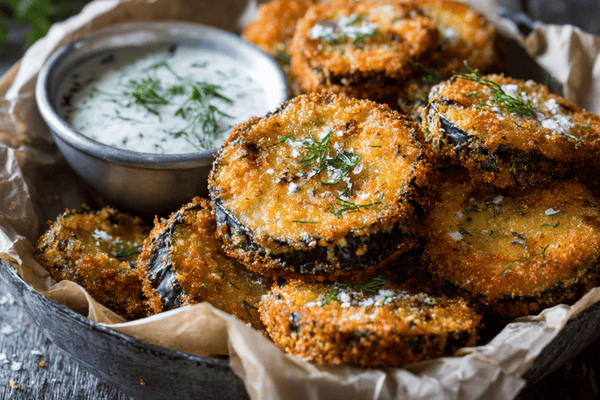
If you’ve read any of our previous knife guides, you may have stumbled upon the term Damascus steel. This is a material that’s used to make knives but it’s much less common than things like stainless steel and has a beautiful pattern that’s highly sought after.
The problem is that true original Damascus steel is no longer available. The techniques used to forge it many years ago have all but been lost. While there are “Damascus steel” knives for sale today, they aren’t made in the traditional manner so many would not call them the real deal.
If you’ve been scratching your head and wondering what is Damascus steel then you’ll find everything you need to know in this detailed guide.
Table of contents
What Is Damascus Steel?
 Damascus steel is super easy to tell apart from other types of steel because it has a giveaway pattern. This pattern is often described as wavy or watery and this is one of the things that makes it such a highly sought-after material.
Damascus steel is super easy to tell apart from other types of steel because it has a giveaway pattern. This pattern is often described as wavy or watery and this is one of the things that makes it such a highly sought-after material.Not only this but Damascus steel is incredibly flexible and hard which is another reason that so many people want to get their hands on a Damascus blade. Back in the day, when real Damascus steel was being made, swords were considered to be far better than anything else available at the time.
Why Is It Called Damascus Steel?
According to Wikipedia, Damascus is the ‘cultural centre of the Levant and Arab world’ and while there is some suggestion that the name Damascus steel came from the fact it was made in this area, there’s a little more to the story and several other theories as to how this material got its name.There are texts written by Muslim scholars dating back to around 800 BC. In these texts, the scholars; Al Kindi and Al Biruni talked about steel used for making swords according to where it was made, how it looked and the forging process. In these writings, you will find terms like Damascene and Damascus which is a great starting point to finding out the origins of the name.
We can then start thinking about what these scholars were referring to and for the most part, people agree that there are three potential ways that ancient Damascus steel earned its name.
The first is, as I mentioned earlier, that the steel was simply made in the area known as Damascus. That is the most obvious and easy explanation. However, there was also mention of a blacksmith who was creating swords from crucible steel, his name? Damasqui.
The final suggestion is that there is an Arab word damas which literally translates to watery. As we have discovered, the pattern of the steel is considered watery so the name could have been a way of describing the appearance of the swords.
What Is Wootz Steel?

The problem is that wootz steel is no longer in existence so it’s as good as impossible to forge original Damascus steel blades in the same way that they would have done all those years ago. While the Indians started using Wootz long before Christ, others didn’t realise how good it was until hundreds of years down the line. It wasn’t until the 18th century that the original techniques were completely lost and wootz became a thing of the past.
Of course, modern scientists have been tirelessly working to try and recreate the process of making Damascus steel, but no one is yet to be successful.
In modern blades called Damascus steel, you will find things like carbon steel that have usually been pattern welded to give the appearance of true Damascus blades.
What Is Modern Damascus Steel?
That said, many of the other characteristics of Damascus steel are well retained in modern knives. That’s because of how they are made by layering steel and iron before forging these materials together using hammering under very high temperatures.
Pros and Cons of Damascus Steel Knives
For starters, true Damascus steel is super strong and hard. But as well as this, it’s a very flexible material. What is the benefit of that, I hear you cry? Well, in short, it means that you can achieve a much finer edge and a super sharp knife that doesn’t come with a risk of cracking.
Of course, one of the most obvious advantages of Damascus steel is how beautiful it looks. If you want something that’ll look amazing in your kitchen then this is without a doubt one of the best materials.

But the downside is that Damascus steel is a lot more expensive, even if it’s not absolute authenticate. The very best brands usually come from Japan but there are others around the world. are they worth the price? I would say yes purely because of how effective and beautiful these knives are.


